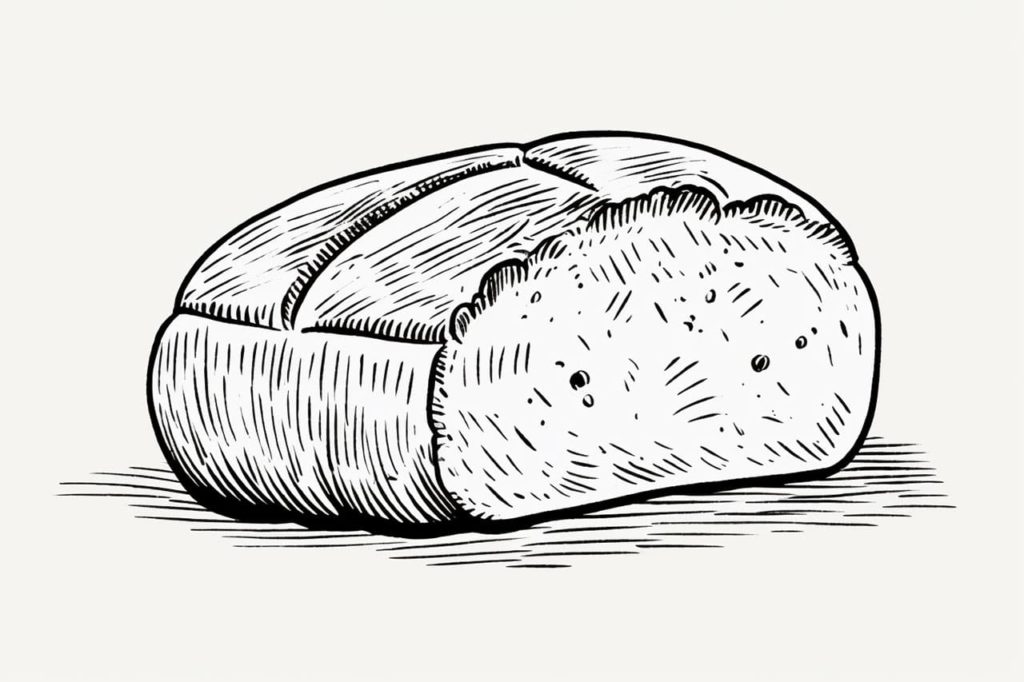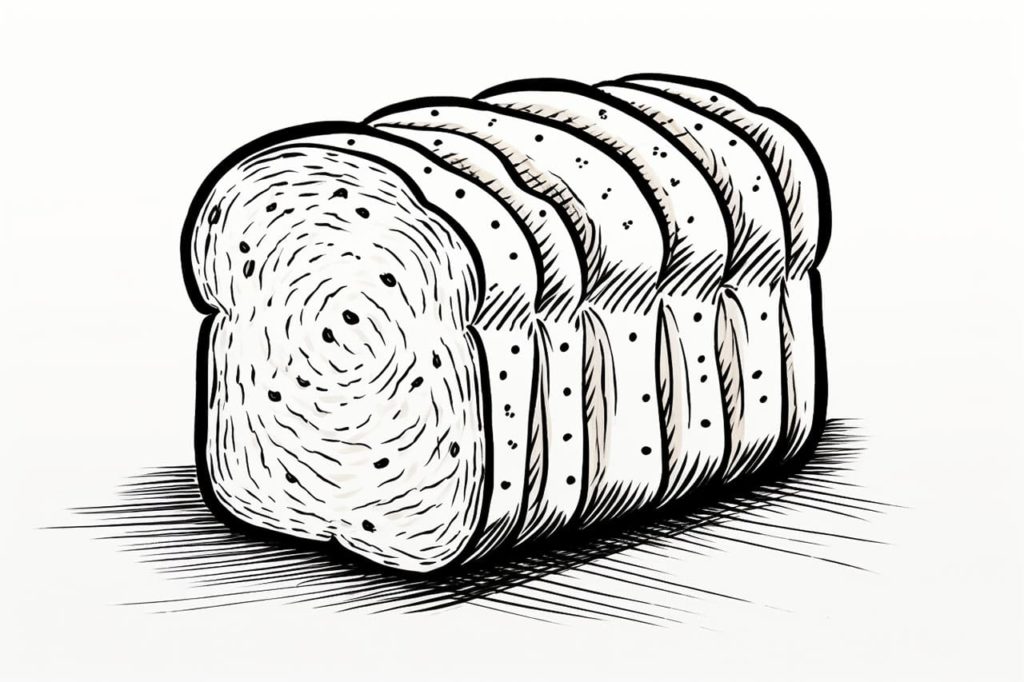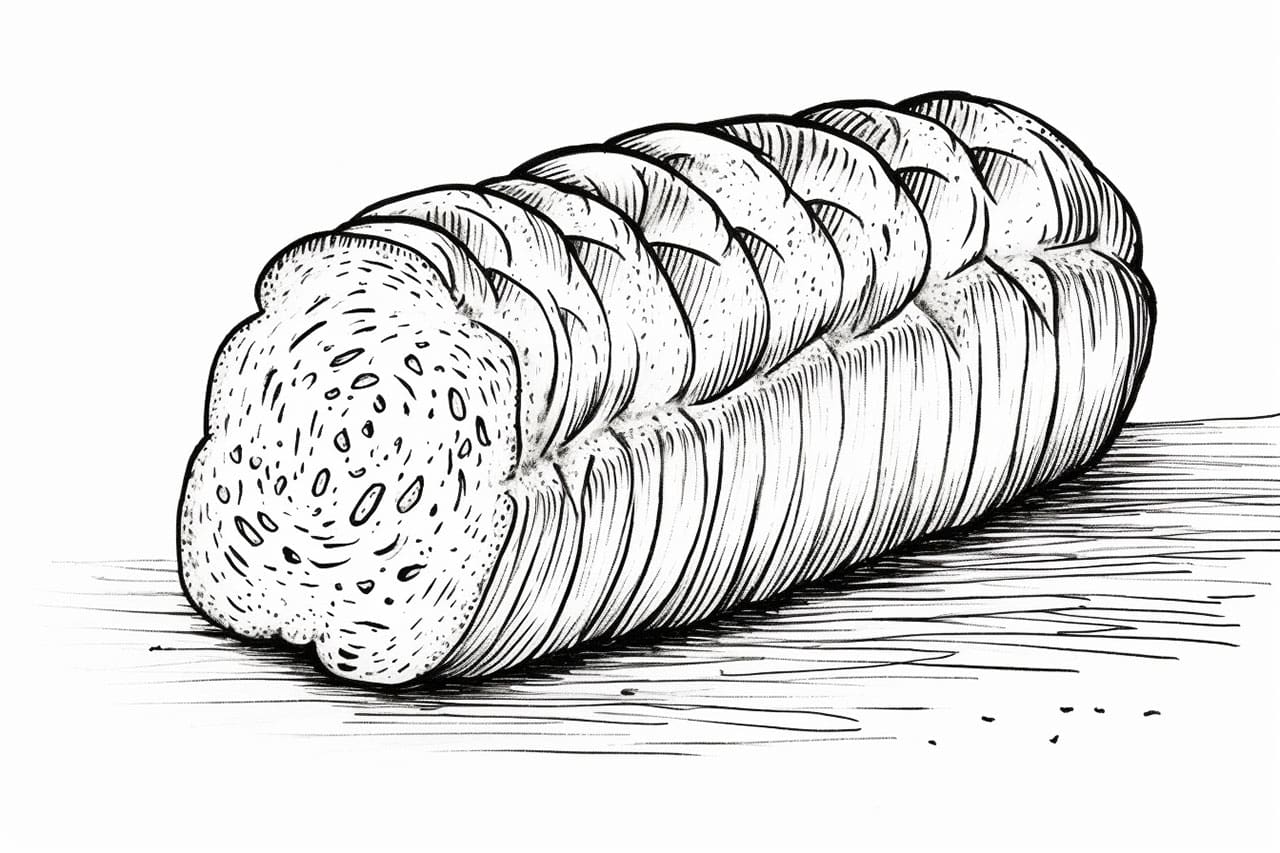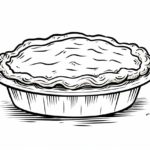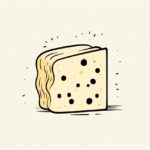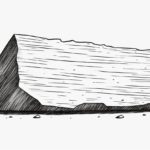Have you ever wanted to draw a realistic loaf of bread? In this step-by-step guide, I will show you how to capture the texture, shape, and details of bread in your drawings. Whether you are a beginner or an experienced artist, this tutorial will help you create a mouth-watering piece of art. So grab your sketchbook and let’s get started!
Materials Required
To draw bread, you will need the following materials:
- Pencil (preferably HB or 2B)
- Eraser
- Paper (thick or heavyweight paper is recommended for better results)
- Blending stump or cotton swabs (optional, for blending and shading)
- Reference image of bread (you can find images online or use a loaf of bread as a reference)
Now that you have all the necessary materials, let’s dive into the step-by-step process of drawing bread.
Step 1: Outline the Basic Shape
Start by lightly sketching the basic shape of the bread using your pencil. Bread can come in various shapes, so choose the one you prefer or use your reference image as a guide. Keep your lines loose and don’t worry about making them perfect at this stage. Focus on capturing the overall shape and proportions of the bread.
Step 2: Add Texture and Crust Lines
Next, add texture to the bread by lightly sketching lines across its surface. Bread often has a slightly rough texture, so use short, curved lines to depict this. Pay attention to the direction of the lines, as they should follow the shape of the bread. Additionally, add some irregular lines to represent the crust, which is usually darker and harder than the rest of the bread.
Step 3: Define the Slices
If you want to draw a sliced loaf, sketch the cuts or slices on the top of the bread. These lines should be slightly curved and go through the surface of the bread. Remember to make the slices uneven and slightly jagged to give them a realistic appearance.
Step 4: Shade the Bread
Start shading the bread to give it depth and form. Begin by identifying the areas of the bread that are in shadow. Typically, the underside and sides of the bread will be darker than the top. Use your pencil to apply light shading to these areas, gradually building up the darkness as needed. Remember to observe your reference image or a real loaf of bread for accurate shading.
Step 5: Add Highlights and Details
To make the bread appear more realistic, add highlights and details. Use an eraser to carefully lighten certain areas of the bread where light would hit it directly. This will create the illusion of shine and highlight the texture. Pay attention to the curves and crevices of the bread, adding subtle shadows and highlights to enhance its three-dimensional appearance.
Step 6: Refine and Blend
Take a step back and assess your drawing. Look for any areas that need refinement or adjustment. Use your pencil or eraser to make any necessary changes. If you want a smoother and more blended look, you can use a blending stump or cotton swabs to gently blend the shading and texture lines. This will create a more seamless and realistic representation of the bread.
Step 7: Finalize the Drawing
Once you are satisfied with your drawing, make any final touches or adjustments as needed. Pay attention to the overall composition and balance of the drawing. If desired, you can also add additional elements such as a plate or a knife beside the bread to enhance the visual storytelling. Take your time and enjoy the process of bringing your bread drawing to life.
Conclusion
Drawing bread may seem challenging at first, but with the right techniques and practice, you can create a deliciously realistic representation. By following the step-by-step instructions in this tutorial, you have learned how to capture the texture, shape, and details of bread in your drawings. You can also use your new-found knowledge of drawing bread to practice how to draw a sandwich. Remember to be patient, observe your reference image, and have fun with the process. So grab your pencils and start drawing some mouth-watering loaves of bread!
Gallery of Bread Drawings
